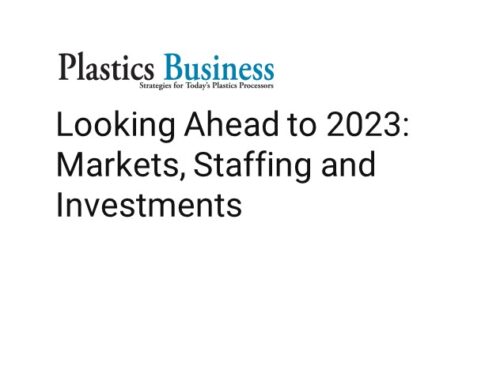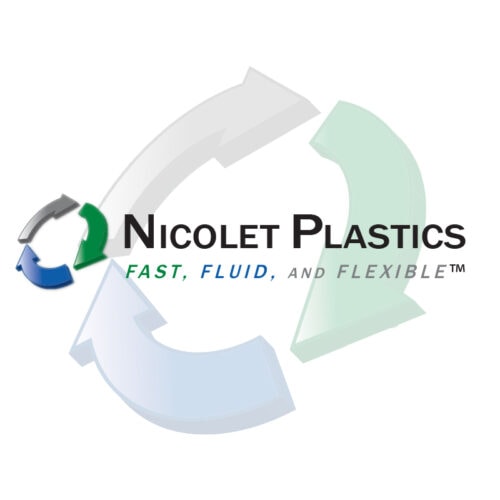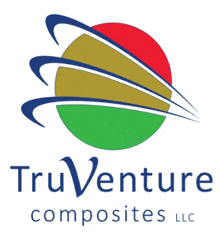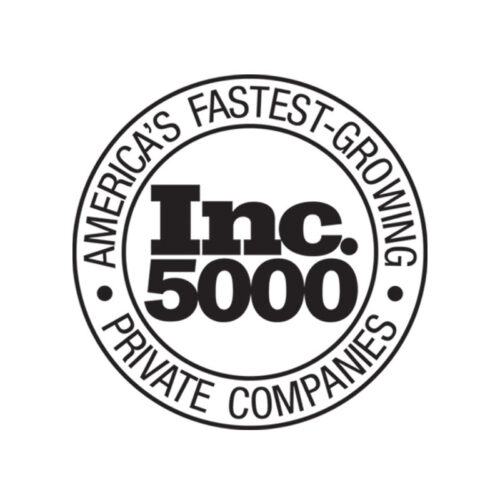According to Global Market Inc., the injection molded plastic market has established itself as one of the most dynamically evolving businesses in recent times. As one of the most commonly-used processes for product manufacturers, plastic injection molding is a precise method that can fabricate nearly any type of plastic part. Technologies, processes and materials used in injection molding continue to advance – allowing manufacturers better insight to design, develop and produce the highest performing and cost efficient plastic parts.
Key areas that will continue to be of focus in the year ahead are the advancements in automation, sustainable practices, and software that allow for parts to be analyzed and tweaked virtually before production. In addition, industry experts credit lower oil prices, technological advances, technical expertise, and rapid growth in the building and construction sectors as drivers for continued future growth.
As we look ahead to 2018, we’re closely watching and leveraging the following plastic injection molding trends. Are you?
1. Automation
The impact of automation has been felt in virtually every industry, but the increased deployment of automated tools and robotics in the injection molding industry stands to be monumental. Automated robots boast speed, accuracy, agility and adaptability, which allows for significant increases in production.
Labor and energy make a tremendous impact on plastics processors businesses. To effectively compete internationally, processors must automate to increase the productivity and reduce costs of their operations in order to remain competitive.
Even when working with low to mid volume plastic parts, automation can greatly improve the cost and labor efficiency of production. However, automation is much more than simply adopting the use of robots. While automation may allow for increased processing time, a high level of skilled labor is still needed to manage operations effectively.
Another development in manufacturing automation, according to a recent report, is the integration of collaborative robots or “co-bots” which are increasingly being adopted to work collaboratively with humans. Through the use of robot controllers and specialized sensors for operations, manufacturers are able to address common issues such as labor shortages, repetitive processes and ergonomically-challenging tasks. In fact, many businesses that have embraced automation are reporting improved part consistency and quality, which is why we see this trend expanding in the coming year.
2. Environmental / Sustainability
In an effort to contribute to eco-friendliness and sustainability, the injection molding industry as a whole has been working diligently to decrease energy consumption and create bio-based and recyclable products. Thanks to advances in engineering, newer injection molding equipment now uses between 20%-50% less energy compared to those released just 10 years ago.
Responsible injection molders are also working diligently to reduce the amount of scrap plastics produced in the molding process and gaining efficiencies in doing so. For example, obtaining scrap material that can be repurposed in addition to recycling materials. Taking a few small steps to put sustainable practices into place can (over the course of a few years) save hundreds of thousands of pounds of material from going into landfills.
Many companies are working to strike a balance between their use of conventional plastics and bio-based alternatives. In addition, some organizations are in various stages of development and deployment of plastics, made entirely or in part, from soybeans, corn, flax and other materials, to meet the demand from consumers to save fossil fuels and reduce the negative aspects that traditional plastics have on the environment. Count on more manufacturers to increase their focus on environmental sustainability while reducing their carbon footprint in 2018.
3. Nearshoring
For manufacturers seeking to reduce production expenses, outsourcing of injection molding and/or processes to other countries is an industry trend worth noting. According to one medical device industry expert, the cost difference between injection molding a part in Asia versus North America is actually very small because the labor component is negligible. Electricity is a major component of injection molding, and energy costs are rather universal. So, what’s the element driving the nearshoring trend? Shipping.
The high cost and lengthy shipping times associated with manufacturing components or finished products overseas is forcing many U.S. companies to evaluate their operations and manufacture and ship from locations that are geographically closer. Companies benefiting from nearshoring cite faster delivery, reliability and cost-savings as major factors in their success. Creating long-lasting relationships with injection molders who can act as a partner in your product development process and assist with design for manufacturability also has major benefits. These reasons make us anticipate even more organizations shifting to nearshoring in the near future.
4. Precision Molding
The need for addressing manufacturing challenges swiftly, resolve production issues quickly and help engineers and technicians troubleshoot in real-time is being met by an abundance of technology in our industry – specifically by RJG eDart technology and software platforms like IQMS and Moldflow.
- RJG eDart: RJG is a comprehensive and powerful process monitoring tool for injection molding applications. The system helps gain greater control over stabilizing the injection molding processes and ensures parts of the highest quality.
- Mold Flow: Mold flow analysis simulates how a material will flow through a mold and how the material will orient within the mold. The simulation exposes potential warp and stress points and can help identify areas where sink marks may appear. It can also help to identify where weld lines will be located within the part. Mold flow is an aid in the development of optimal gate location and size. It allows an injection molder to identify stress areas and increase radii in order to eliminate stress points and perfect the tool before the final stages.
- IQMS: When IQMS application software is used throughout an organization and the molding process, the system can provide a very efficient way to monitor every single step of every single machine in real time to make certain adjustments can be made at a moment’s notice.
5. Metal to Plastic Conversion
While the concept of metal to plastic conversion isn’t new to the industry, the contributions that this process is making in terms of reducing weight, improving fuel efficiency, increasing strength, as well as chemical and heat resistance are striking. Furthermore, factors such as design flexibility and the use of new and improved polymers is causing more and more companies to consider injection molding to meet their needs.
Before moving forward with a plastic to metal part conversion for your organization, we suggest meeting with an experienced design engineer to determine if such a transition is suitable for your product and application.
6. Design For Manufacturability
We’re also noticing an increase in companies working with their plastic injection molders and engineering teams early in the design process. Collaborating with customers at the genesis of their product offers several benefits, including:
- Selecting the right material for the application
- Considering radius and wall thickness
- Ensuring proper gate location
- Considering draft
- Including ribs for strength and durability
- Properly accounting for mold shrinkage
Not only do these elements ensure a smooth manufacturing process of components and/or finished products, it provides the ability for you to go to market quicker while remaining within your budget.
Injection molding plays a vital role in the development of products that serve a plethora of industries. It’s a fluid manufacturing practice that involves a series of complex processes, but finding the right partner makes all the difference in the success of your part. If you’re unsure of how to benefit from the injection molding trends predicted for the year ahead, contact our knowledgeable design engineers, tooling and production experts today.







